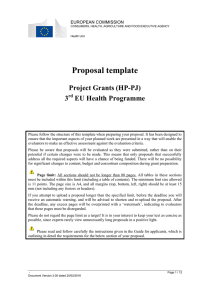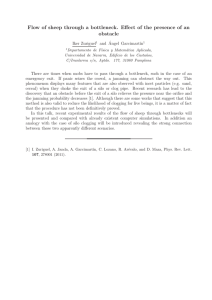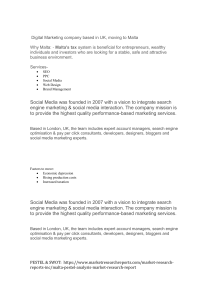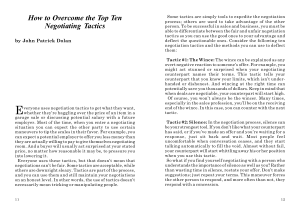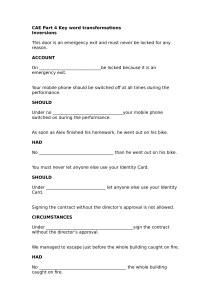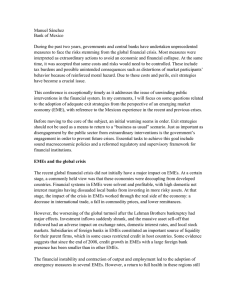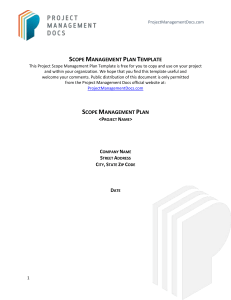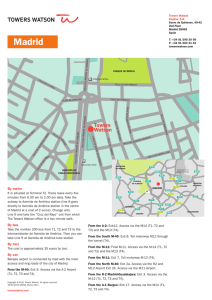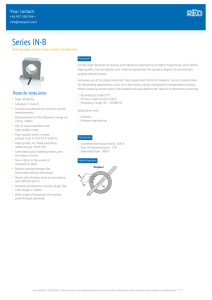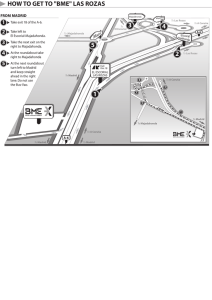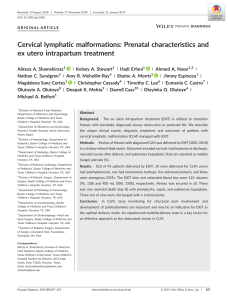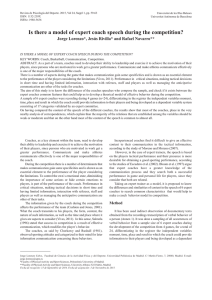Tácticas para un cultura de alta calidad en proyectos
Anuncio
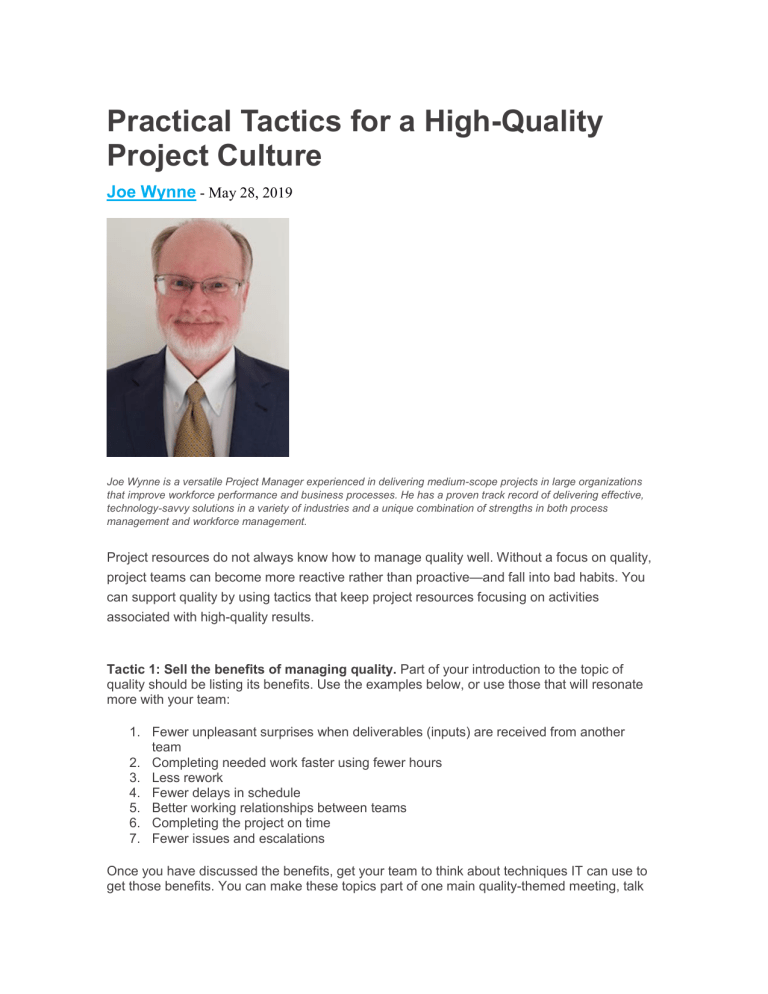
Practical Tactics for a High-Quality Project Culture Joe Wynne - May 28, 2019 Joe Wynne is a versatile Project Manager experienced in delivering medium-scope projects in large organizations that improve workforce performance and business processes. He has a proven track record of delivering effective, technology-savvy solutions in a variety of industries and a unique combination of strengths in both process management and workforce management. Project resources do not always know how to manage quality well. Without a focus on quality, project teams can become more reactive rather than proactive—and fall into bad habits. You can support quality by using tactics that keep project resources focusing on activities associated with high-quality results. Tactic 1: Sell the benefits of managing quality. Part of your introduction to the topic of quality should be listing its benefits. Use the examples below, or use those that will resonate more with your team: 1. Fewer unpleasant surprises when deliverables (inputs) are received from another team 2. Completing needed work faster using fewer hours 3. Less rework 4. Fewer delays in schedule 5. Better working relationships between teams 6. Completing the project on time 7. Fewer issues and escalations Once you have discussed the benefits, get your team to think about techniques IT can use to get those benefits. You can make these topics part of one main quality-themed meeting, talk quality topics over time in separate meetings, or a combination of both. Use the next three practical tactics in your discussions. Tactic 2: Focus on exit criteria. The concept of “exit criteria” is very helpful for focusing attention on the important parts of the deliverables to complete. Exit criteria are characteristics associated with being fully “done” so that the deliverables can be used successfully by the next group. So, the design document meets all the needs of the Development team. Examples of pragmatic exit criteria are: • • • • • • All required fields are completed in the standard template. Deliverable meets minimum standards listed in quality management plan. Deliverable meets minimum standards listed in organizational guidance (provide link or attachment). Deliverable document has been reviewed and accepted by leader of receiving team. Receiving team representatives have participated in walk-through of deliverable document and have no further questions. All items in the phase-end checklist have been completed and required evidence has been posted. Note how exit criteria are generally associated with the needs of the downstream consumers of the deliverable information. A success factor in quality management is keeping project resources mindful of the needs of the downstream consumers of their effort. Tactic 3: Focus on obstacles. You can get project resources on your side if you get them talking about obstacles to their producing high-quality work. Everyone will have a story— at least one—and they will enjoy sharing these stories, sometimes trying to top each other with the most outrageous examples. Use this energy to keep them mindful of conflicting priorities, unexpected delays, lack of efficient processes, interference from external interdependencies, organizational changes and other obstacles. And, just as important, ask them to share techniques they have used to get beyond these obstacles (or avoid the obstacles altogether). This exercise will allow the team to become more cohesive, as well as better at managing quality. Do you work in an organization that does not have mature project management process, structure and templates? Have a “consuming” team share desired “input criteria” to the source team. So, the development team will provide that guidance to the design team so the design team can make those the basis of its “exit criteria.” Tactic 4: Focus on hand-offs. One key obstacle to maintaining high quality is a bad hand-off. A bad hand-off can come in many flavors, including (but not limited to): • • • A deliverable being “thrown over the wall” to the receiving team without review of any kind. A deliverable being assumed to be acceptable after meeting certain minimum standards that are not actually the receiving team’s minimum standards. A deliverable being rushed to completion by due date after some kind of delay and then quickly approved through a process that does not prioritize the needs of the deliverable consumers, just to say that the due date was met despite the delay. (This has certainly never happened to you!) Help your teams create rules (where they do not already exist) to hand off work properly to their “customers.” If teams create these together, they see that they all benefit from the same basic rules of engagement. When your teams realize the benefits of managing for quality—and know they can get those benefits by using practical, mutually beneficial steps—you will have created the foundation of a high-quality work culture. That alone can propel you to a higher level of managing projects. It is a highly desirable skill, and your project resources will thank you for it.
